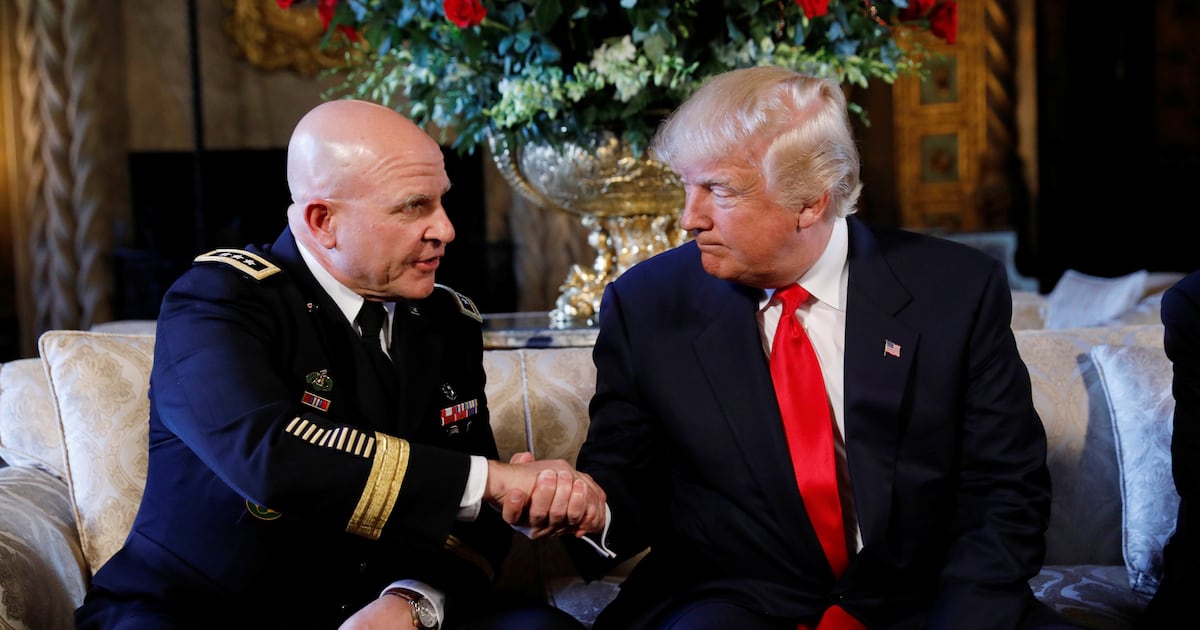Having been gobsmacked not once but twice by Donald Trump, Democrats at last are moving beyond “resistance” to confront their core challenge—reviving the party’s competitiveness across middle America.
First, Democrats were flabbergasted by how easily Trump wrested the Republican presidential nomination from a least a dozen more qualified contenders, even though he was not really a Republican, a conservative, or a politician. The second and deeper shock came when Trump stole a victory in the Electoral College despite trailing Hillary Clinton badly in the popular vote.
Democrats braced for the worst, hunkering down to stop a demagogic assault on constitutional democracy. Despite the GOP’s shameless complicity in Trump’s political vandalism, the nation’s political and civic institutions—yes, including a free press—thus far have held up pretty well. Trump’s failure to engineer an Obamacare repeal or get traction in Congress on any of his other top priorities has reinforced the sense that he may not be able to inflict as much damage as originally feared. Things could change—especially on foreign policy, where Trump isn’t so constrained—but his administration is beginning to look more shambolic than sinister.
Still, the Trump scare has concentrated Democrats’ minds in useful ways. It’s brought home the realization that the party must expand its appeal geographically as well as demographically to contest Republican dominance of national and state politics. Democrats need to start winning in the red zone.
That will require reaching beyond core partisans and making new arguments to moderates, independents, and disaffected Republicans. One thing Democrats agree on, left to center, is that the party needs to offer voters a positive case for change, not just complaints about GOP extremism.
That’s why Democratic congressional leaders recently came out with their “Better Deal” agenda. While it mostly reprises populist clichés from the 2016 election—the rigged economy, and a softer version of Trump’s anti-trade stance—the document advances a new theory for why U.S. economic growth has slowed down since 2000 and why wage gains have lagged: The concentration of power in a few corporations has stymied competition across the U.S. economy.
Whatever the merits of that view—it seems plausible in some sectors like financial services or “Big Beer,” less so in the robustly competitive and innovative tech/internet sector—the Better Deal reflects the outlook of Democrats from deep blue strongholds and allied interest groups and donors. As such, it has limited relevance to the challenge of winning converts among voters where we’re not winning: the suburbs, exurbs, small cities, and towns and rural communities between the coasts and outside the big cities.
For that, the party will have to look to leaders who win elections and govern effectively on the nation’s competitive political terrain. In August, a diverse group of them—governors, state officials, mayors, and members of Congress—launched a new platform for staging a Democratic turnaround.
New Democracy is a “home base” and support network for pragmatic leaders committed to making Democrats a truly national party again. Key figures include Colorado Gov. John Hickenlooper; Mayors Steve Benjamin of Columbia, Mitch Landrieu of New Orleans, and Michael Hancock of Denver; U.S. Reps. Jim Hines of Connecticut, Terri Sewell of Alabama, John Delaney of Maryland, and Stephanie Murphy of Florida; former Obama Cabinet officials Tom Vilsack and Ken Salazar; and, Oregon Treasurer Tobias Reed and Georgia State Rep. Scott Holcomb.
These leaders use radically pragmatic means to advance progressive goals. They are known as effective problem-solvers, not ideological warriors. Instead of indulging in populist “us versus them” rhetoric, they emphasize voters’ shared aspirations for stronger and broader economic growth. They reach across cultural divides by stressing the common rights and obligations of citizenship rather than the narrower demands of interest and identity groups.
Crucially, these leaders aren’t interested in waging sectarian battles with other factions over “control” of the Democratic agenda. While opposed to political purity tests, they understand that Democrats are in the minority because the party’s pragmatic wing has shrunk, and needs to be rebuilt. They seek not to impose their views on others, but to build a bigger Democratic tent.
New Democracy provides a platform from which these leaders can develop new ideas and narratives about where Democrats would lead the country; recruit and support like-minded candidates; and start building grassroots support among citizens fed up with the ideological and partisan trench warfare that has paralyzed government in Washington and in too many states.
This last goal is crucial. As polarization has deepened across U.S. society in this century, political energy, activism, and dollars have migrated toward the right and left poles. This has opened doors to political intolerance and extremism, a new political tribalism that leaves Americans who are not singularly motivated by ideology or partisanship without a political home.
On this score, it’s no accident that mayors play a key role in New Democracy. As Washington sinks deeper into partisan paralysis, the impetus for creative governing in America has moved from the federal to local governments. Metro regions have become our real laboratories of democracy, as leaders by necessity pursue collaborative strategies to attract innovative businesses and nurture start ups, build modern infrastructure, improve urban schools and help workers get new skills, and test new approaches to combatting crime and poverty. National Democrats have a lot to learn from accountable local leaders who are rebuilding public confidence in progressive government from the ground up.
Whether he’s been defanged or not, Donald Trump occupies the White House for the same reason Republicans dominate national and state politics—because too many Democrats complacently assumed that the nation’s changing demographics would guarantee them electoral majorities. Now it’s clear that the party can’t win by energizing a “base” that isn’t big enough.
The pragmatic leaders of New Democracy are determined to broaden the party’s base the old-fashioned way—by wooing and winning voters everywhere with more persuasive arguments for change.






